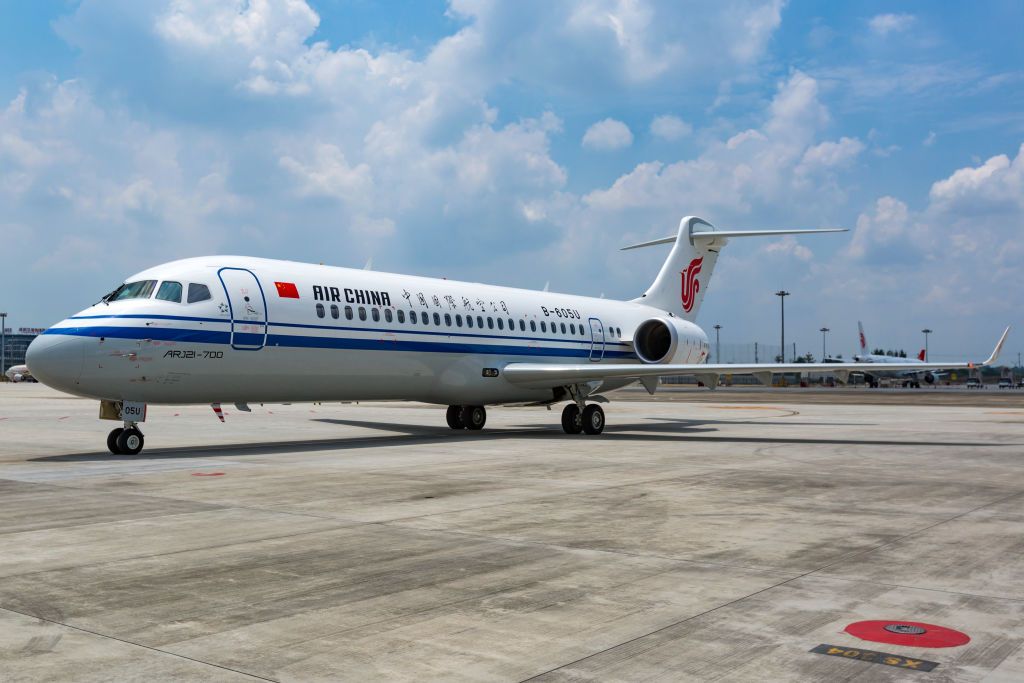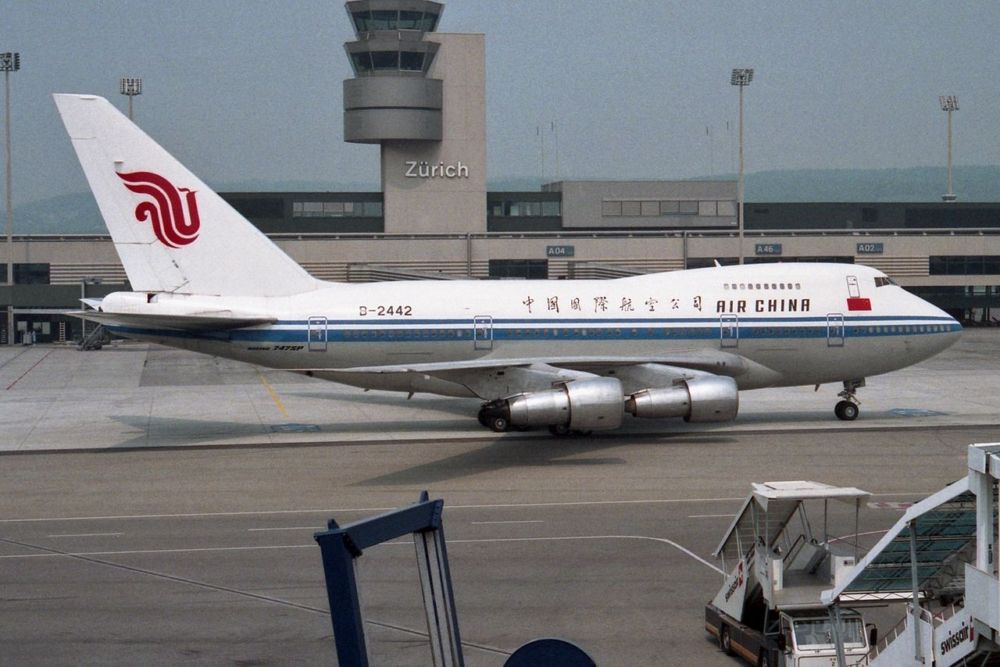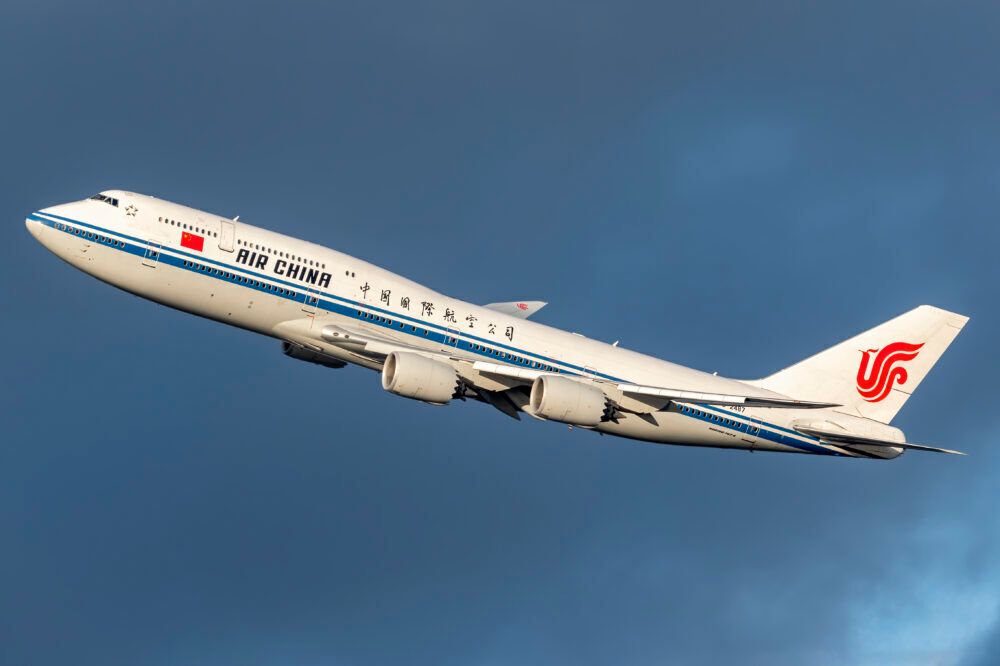Air China has now been operational for more than three decades. Established as a result of aviation diversification in the country, the Chinese flag carrier now has one of the largest fleets in the world, totaling nearly 500 aircraft. A member of the Star Alliance since 2007, Air China serves around 200 destinations from hubs located throughout its homeland.
Air China was one of six airlines that came about as a result of the country's decision to diversify its airline industry. Its primary responsibility was initially long-haul routes, on which it flew various Boeing aircraft. This ethos remains in place today, as the airline, which has been a Star Alliance member for 14 years, serves all six habitable continents.
The early years
1987 saw the Chinese government elect to separate the divisions of what was previously an airline that had a total monopoly on air travel in the country. Known as CAAC Airlines, after the Civil Aviation Administration of China, it had been operating under this name since 1953. A year later, Air China commenced operations, doing so in July 1988.
Air China inherited long-range Boeing aircraft from CAAC Airlines, as it was given the responsibility of serving the former carrier's intercontinental routes. These were primarily widebodies, such as the 747 and 767, although the carrier did also operate the single-aisle 707. Among Air China's early 'jumbo jets' was the short-fuselage Boeing 747SP.
Stay informed: Sign up for our daily and weekly aviation news digests.
21st-century expansion
By the turn of the century, Air China was already the country's fourth-largest domestic carrier. However, this period saw the airline enjoy further expansion, when it merged Chengdu-based China Southwest Airlines into its operations in 2002. This resulted in the formation of the China National Aviation Holding Company, and a fleet of 188 aircraft.
Quickly becoming a key player in not just Chinese but also Asian aviation as a whole, Air China looked to galvanize greater global connectivity by joining the Star Alliance. It signed an agreement to do so in 2006, and came onboard a year later, 10 years after the alliance came into existence. It joined alongside fellow Chinese carrier Shanghai Airlines.
Recent history
In terms of Air China's recent history, the airline has played a key role in terms of inflight connectivity in the country. In addition to offering China's first free onboard WiFi in 2011, 2013 also saw the carrier operate the country's first global satellite internet flight. It did so when it successfully tested a wireless LAN network onboard in July that year.
As far as Air China's network is concerned, the airline is a rarity in the sense that it serves all six of the world's habitable continents. It made a key step towards this in 2006, when it operated its first service to South America. This route served São Paulo via Madrid.
In terms of Air China's fleet, the carrier shows impressive diversity. Data from ch-aviation.com shows that the carrier currently has 488 aircraft on its books, comprising widebody and narrowbody designs from Airbus, Boeing, and even local manufacturer COMAC. Going forward, it has another 79 aircraft on order across these three planemakers.
What do you make of Air China? Have you ever flown with the Chinese flag carrier? Let us know your thoughts and experiences in the comments.



